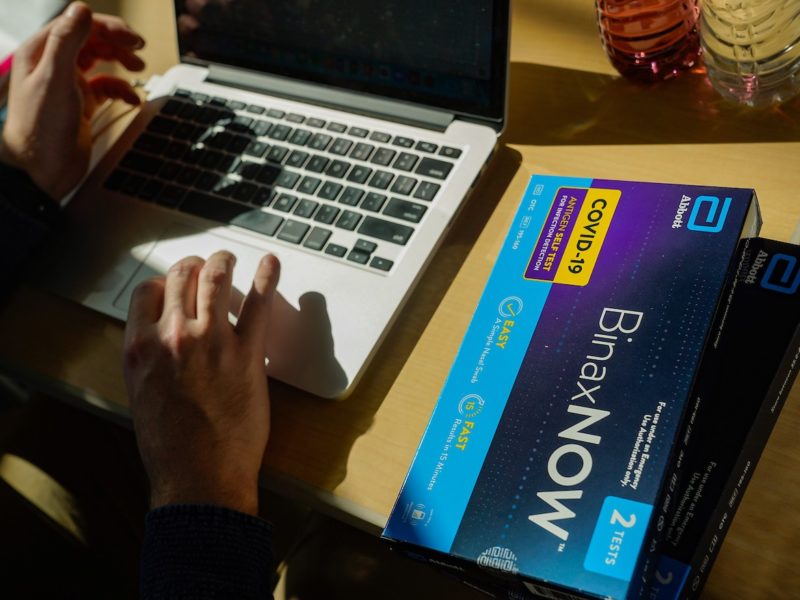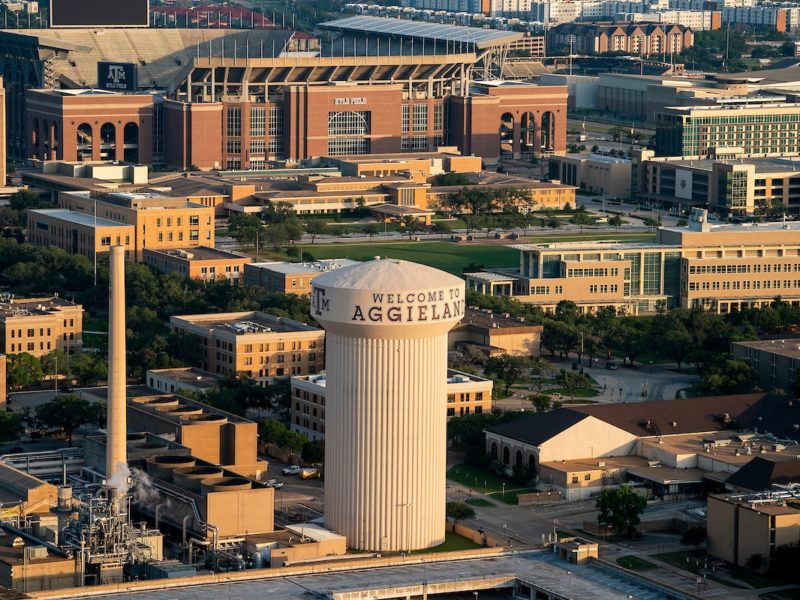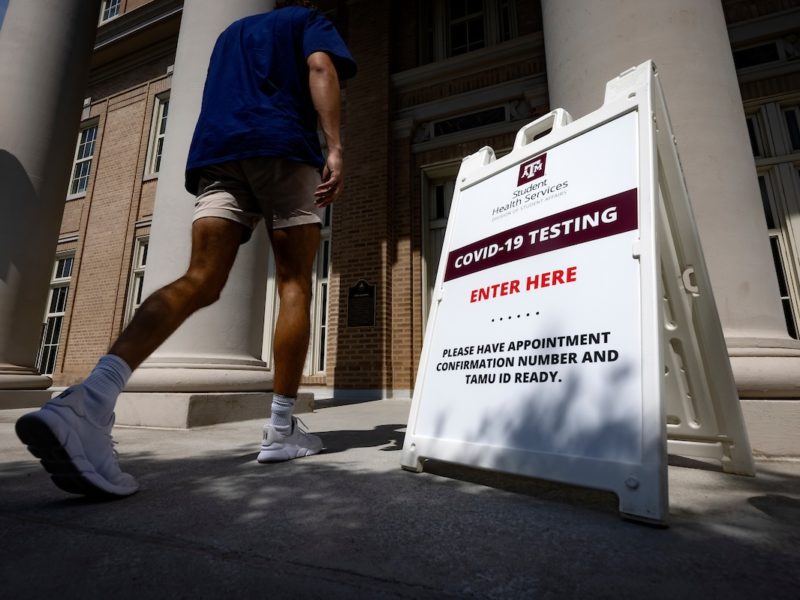Texas A&M Community Urged To Participate In COVID-19 Testing Push
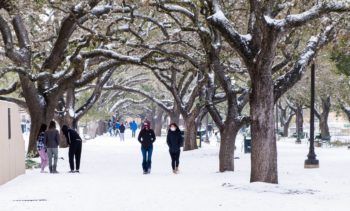
Students, faculty and staff are encouraged to participate in the latest COVID-19 testing push at Texas A&M University. Campus testing locations are offering expanded hours starting Wednesday through Saturday, Feb. 27 following last week’s historic winter storm.
Like much of the rest of the state, Texas A&M’s testing plans were interrupted by the record-low temperatures, which forced several on-campus locations to close after the storm left them without power, heat and water. The ice storm “couldn’t have come at a worse time,” said Shawn Gibbs, dean of the School of Public Health, as the university had originally planned to push testing last week following the Super Bowl and Valentine’s Day.
“We were expecting there may have been some behavioral changes associated with those events that could have led to an uptick in spread, but because of the storm we weren’t able to do testing, isolation and quarantine,” he said. “We’re not going to know the impact of those factors for another 10 to 21 days.”
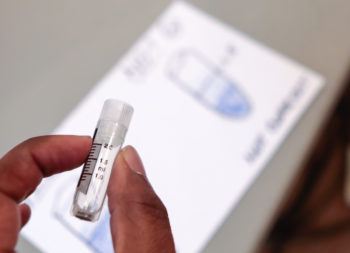
Members of the campus community who aren’t showing signs of illness are encouraged to visit one of the five Texas A&M testing locations offering the saliva test. These locations do not require an appointment or insurance. Results will be available within one to two business days – Gibbs said he tested Sunday afternoon and had results by Tuesday morning.
People should make it a habit to be tested for COVID-19 every two to three weeks, Gibbs said, and several more testing pushes with expanded hours are scheduled through April.
It’s unclear at this point if last week’s weather affected the spread of the virus on campus. After the storm pushed the state’s electric grid to its breaking point, leaving millions without power for days, many Texans seeking heat and running water sought shelter with friends and family members outside of their households. Gibbs said this potentially could contribute to the spread of COVID-19, which is why it is so important to test this week.
“One of the things we know routinely is this disease is far more easily transmitted indoors than it is outdoors,” he said. “People without heat understandably are going to be huddling together for warmth or going to other locations for water.”
With temperatures now rebounding, Gibbs encourages people to get outside and socialize while following safety measures. Texas A&M’s protocols still stand – maintaining a physical distance of six feet from others and wearing face coverings – but Gibbs said now is a good time to safely spend some time outdoors, which is a far safer environment than meeting friends inside.
And despite last week’s temporary setback, vaccines will continue to slowly become available to more members of the Bryan-College Station community, which Gibbs said will also help prevent the spread of COVID-19.
“It takes approximately two weeks after your second shot to reach full effect, and it is possible for those who are vaccinated to spread the virus, so people are still going to need to mask after they’ve been vaccinated, at least until we get to a point in society where enough people have been vaccinated,” he said.
Gibbs, who is leading Texas A&M’s COVID-19 response, said that a year into the pandemic, the university is doing “as well as we can under the circumstances.” Transmission mostly appears to be socially-driven among the student population, and family-driven among faculty and staff, he said, with little overlap between the two groups.
Safety protocols, in addition to increased cleaning and adjustments to air, humidity levels and temperatures inside buildings, have also kept transmission low in office spaces and academic facilities.
And while many are experiencing COVID fatigue, now is not the time to be complacent. “It has been a very painful year for everyone,” Gibbs said, but “we know what works to stop the spread.”
“This has taken a psychological toll on everyone,” Gibbs said. “I encourage everyone to check in on their friends. Socialize six feet away from others, wearing masks, outside.”
For a continually-updated list of testing sites and hours, visit the Texas A&M testing locations page.
Media contact: Caitlin Clark, caitlinclark@tamu.edu
